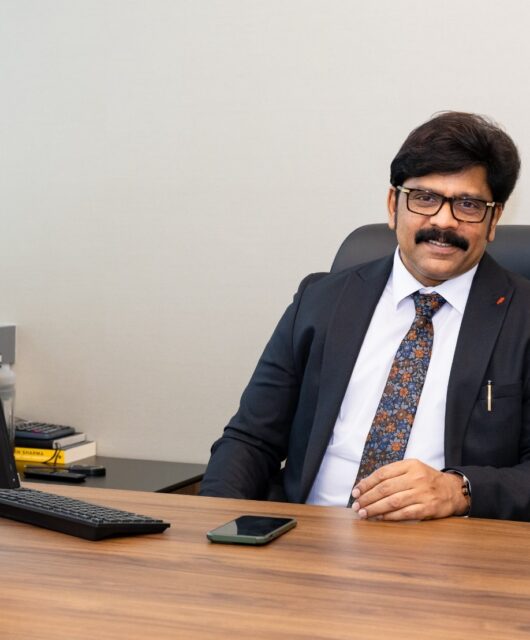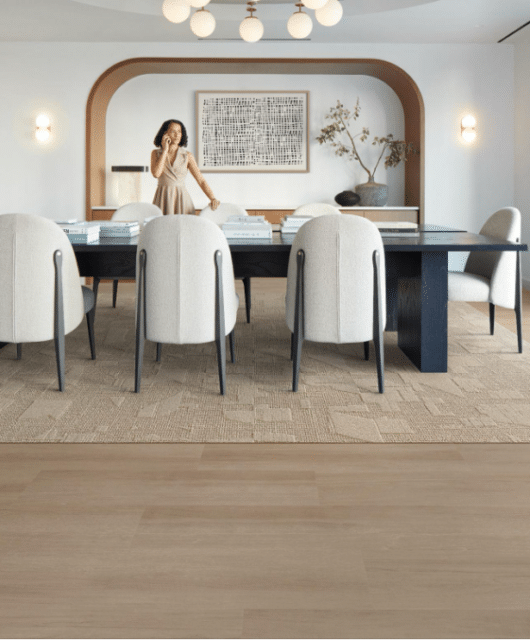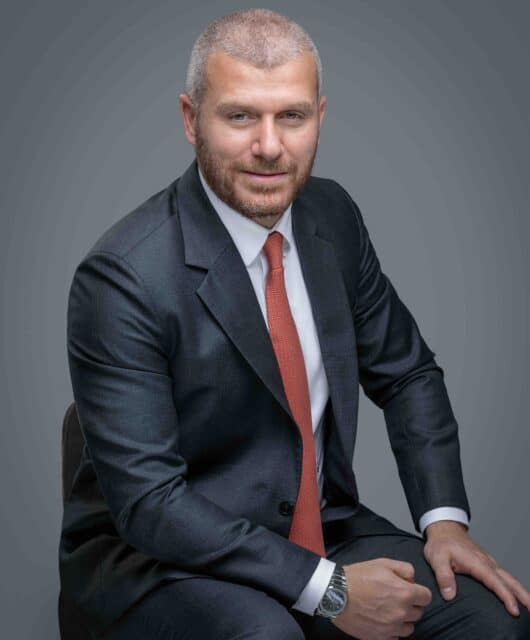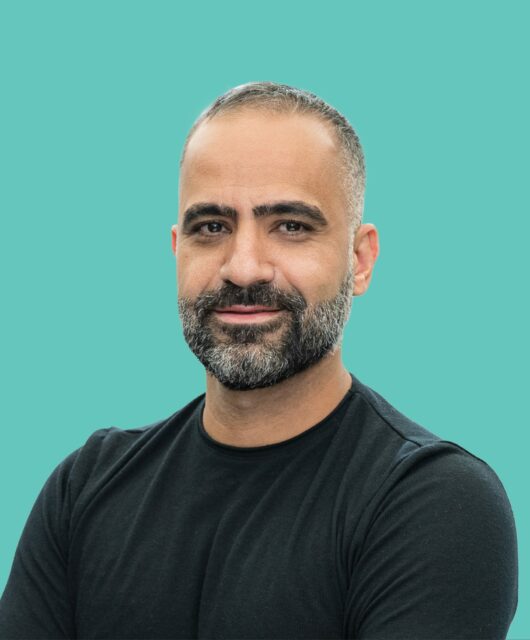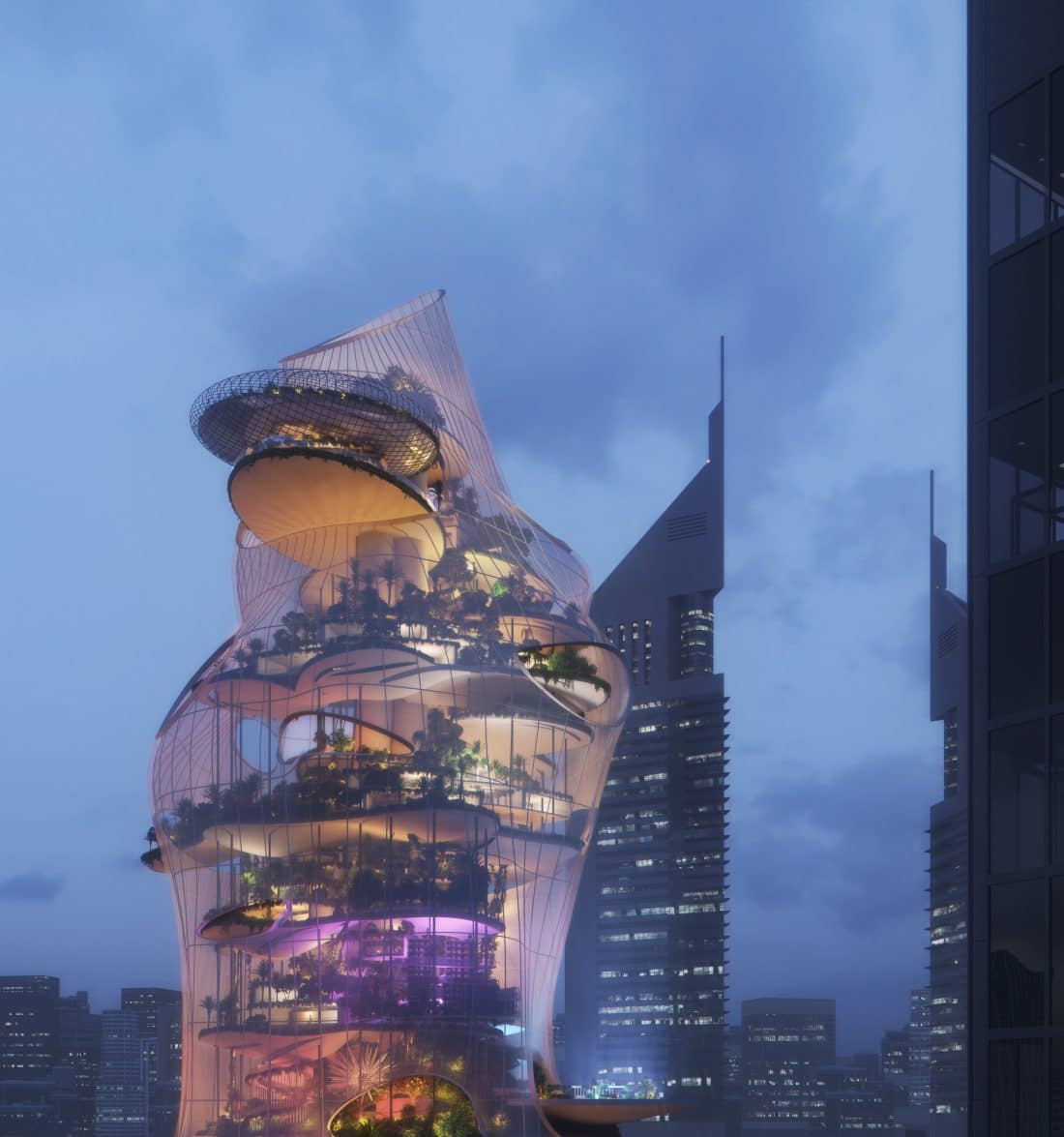 Tim Peck, chairman of OBMI, talks about his ambitious project Aera Vertical Resort in Dubai, which is based on the concept of vertical architecture and believes it is the future of cities.
Tim Peck, chairman of OBMI, talks about his ambitious project Aera Vertical Resort in Dubai, which is based on the concept of vertical architecture and believes it is the future of cities.
Vertical architecture is of tremendous importance in terms of urban lifestyle and the rising desire for premium space. This concept is being developed by OBMI in order to present a fresh, distinct service that is vertically integrated into a city’s urban centre. By redefining resorts, OBMI hopes to broaden people’s perceptions of what is possible by producing something that has never existed before.

And the world’s top architects and designers are attempting to incorporate and rework the horizontal experience into vertical living. With their next ambitious project in the works, Aera Vertical Resort, design firm OBM International (OBMI) is bringing this imaginative idea to Dubai. It’s all about emulating the unplugged retreat found on a private island without leaving the epicentre of a city. The project is spearheaded by Tim Peck, OBMI chairman along with his dedicated team. Peck is a firm advocate of sustainability and strategies for reducing carbon emissions, and he sees vertical architecture as one of the best solutions to environmental problems.
Vertical architecture
More than half of the world’s population today lives in cities, where they lead hectic, demanding lives that naturally lead to the desire to retreat and recharge. Traditionally, this has meant escaping to the beach to enjoy the surf, sand, and sun. What if you could have the same exotic holiday experience and rejuvenation right in your own city? Due to the ongoing pandemic, stress levels have been high and travel has been restricted in recent years. Although vacation time has been sacrificed, research shows that unplugging is essential for overall health. Aera Vertical Resort is the answer to all this and more. Peck explains the concept of vertical architecture: “Vertical architecture minimises the footprint in areas where land is precious in terms of value and availability. The minimising of footprint hence, reduces the environmental impact on the surrounding land. What further is interesting is that the height offers interesting opportunities for perspectives over the city for the various functions within the resort – and opportunities for a visual connectivity with the surrounding city.”
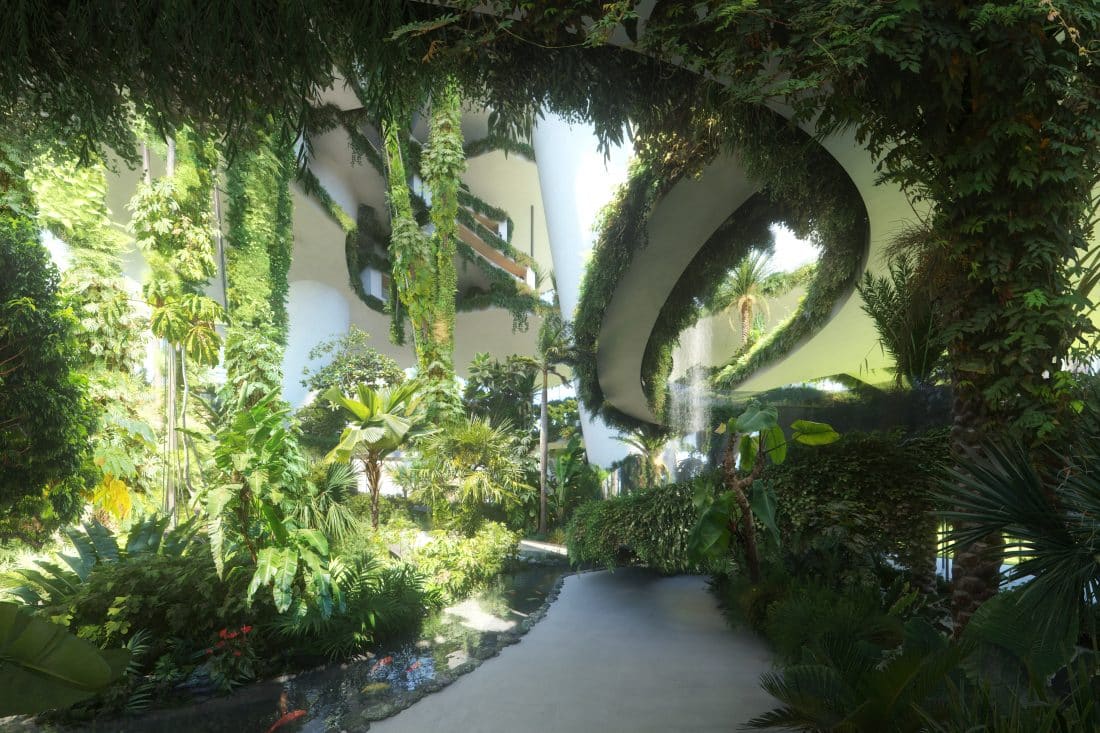 Design concept
Design concept
Discussing the approach of the resort, Peck shares: “The Vertical Resort will represent the same unplugged respite that one gets on a private island without leaving a city’s epicenter—marrying leisure, convenience, and connectedness—capturing every resort element in an entirely new way.” OBMI aims to open up spaces inside the structural grid of a standard hotel to interconnect areas—the city, interiors, and exteriors— and create experiences that are wholly unique by exploring the porosity for design. OBMI will produce a highly distinguished production inside an urban environment by crafting distinct, premium experiences within the initial design framework—appealing to locals and foreign guests alike. The focus is on creating a new hotel category for the inner city that will become the new standard of luxury, through the fusion of hotel and resort. Peck gives his reasons: “I believe that the urban five-star hotels are becoming closer and closer to resort offerings, but they somehow lack the full resort experience. In addition, more and more cities are offering incentives for greening of buildings, but hotels are not these taking advantage to improve the guest’s experience.”
He further explains: “My idea is to reinvent the resort product from a traditionally horizontal model into a vertical format – maintaining all of the qualities and sense of escape of the resort experience. This is a concept model for a new resort product. We would see this being rolled out in a variety of cities across the globe. It is as applicable for New York/ London, Dubai/Riyadh, Bejing/Bangkok. We are in discussion with a number of stakeholders – brands and developers. This will result in the establishment of a curated climate – clean, pollutant-free, temperate air, regardless of the outside conditions.”
Brilliant landscape
The landscape of this resort is what is awe-inspiring. Through the porosity of the design and landscaped atria, the resort amenities are vertically integrated and interconnected. From the first arrival in the parkland at the base, the guest is taken up in a glass elevator through the resort, obtaining getting glimpses of the various activities/districts as they climb through the property, ending up in the sky lobby, overlooking the city – then being filtered down to the hotel suites. Each of the districts has visual linkages to each other through the vertical atria, allowing for interconnection but also defined separation. Peck describes: “The landscape will all be an integrated part of the controlled curated environment within the external skin, with the biophilic relationship being functional as well as psychological. Further, the landscape becomes vertical gardens, with elements of vertical farming integrated into the landscape, allowing for elements of the landscape to be edible and a food resource for the farm-to-table dining. It will be exciting to see the running trails loop through the internal forest, with climbing walls and ziplines through the landscaped atria, all with views out over the city.” Great hospitality relies on technology to succeed. From contactless check-in on your phone to water recycling within the project for internal landscape irrigation, photovoltaic integration into the external skin, and the use of geothermal technology for electrical generation (depending on location), this project will elevate the guest experience to new heights.
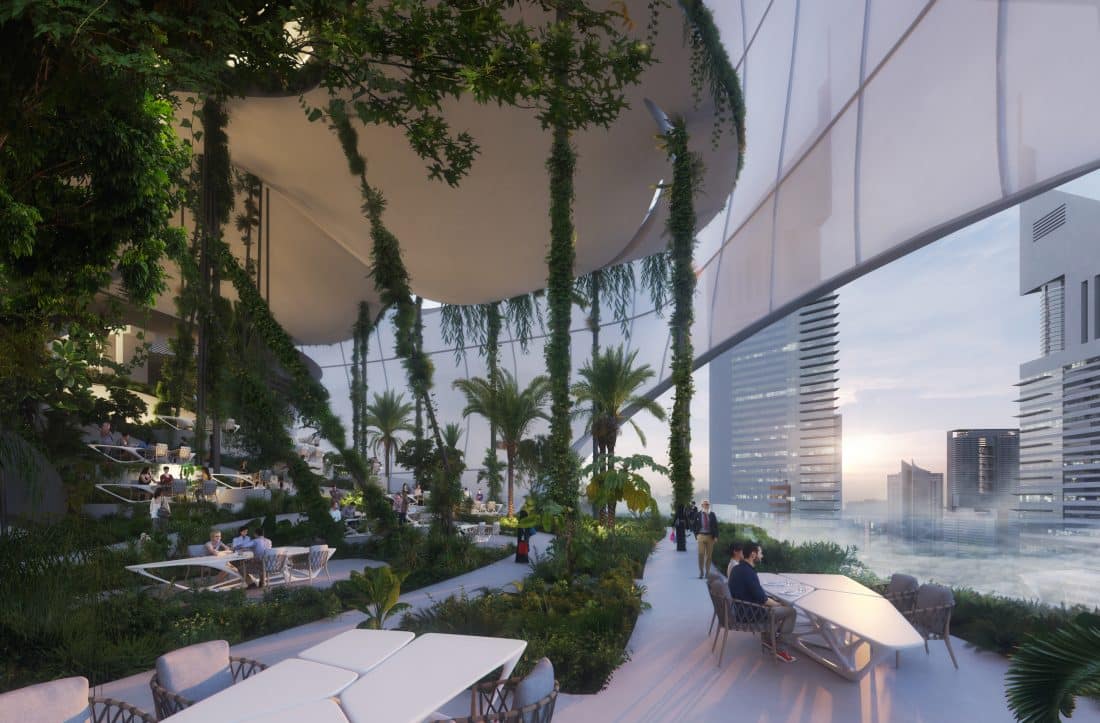 Challenges
Challenges
The project, which is expected to be completed in the next four years, appears incredibly appealing, but every great project comes with its own set of problems. Peck narrates: “It’s difficult to translate the features of a horizontal resort model – sense of space, variety of events, sensation of escape and relaxation – into a vertical structure, which is a problem in and of itself. Another element worth mentioning is that the project must connect the experiences (districts) while maintaining their individual identities. The resort must provide a sense of escape from the city while maintaining strong ties to its surroundings.

